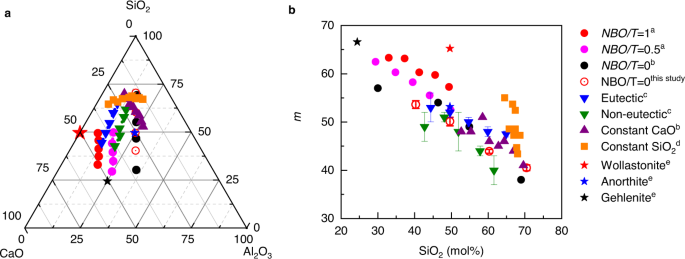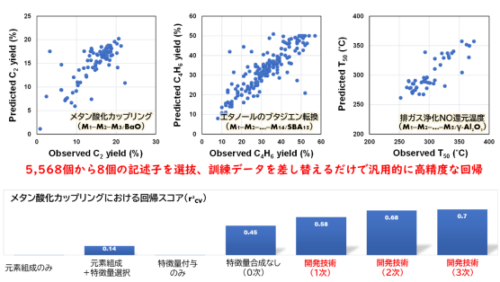土中の微生物からエネルギーを採取し、センサーや通信に電力を供給する新技術 New tech harvests energy from microbes in soil to power sensors, communications
2024-01-12 ノースウェスタン大学

The fuel cell in the lab
◆この燃料電池は湿潤な状態でも乾燥した状態でも動作し、同様の技術よりも約120%長寿命でした。微生物燃料電池は過去にも存在していましたが、低湿潤条件での不安定な性能が問題でした。この新しい燃料電池は、特殊な設計により湿潤な状態を維持し、農業や環境モニタリングなどに革新的なエネルギーソリューションを提供する可能性があります。
<関連情報>
- https://news.northwestern.edu/stories/2024/01/dirt-powered-fuel-cell-runs-forever/
- https://dl.acm.org/doi/10.1145/3631410
土壌発電コンピューティング: 土壌微生物燃料電池の実用的設計のための技術者ガイド Soil-Powered Computing: The Engineer’s Guide to Practical Soil Microbial Fuel Cell Design
Bill Yen,Laura Jaliff,Louis Gutierrez,Philothei Sahinidis,Sadie Bernstein,John Madden,Stephen Taylor,Colleen Josephson,Pat Pannuto,Weitao Shuai,George Wells,Nivedita Arora,Josiah Hester
Proceedings of the Association for Computing Machinery on Interactive Published:12 January 2024
DOI:https://doi.org/10.1145/3631410
Abstract
Human-caused climate degradation and the explosion of electronic waste have pushed the computing community to explore fundamental alternatives to the current battery-powered, over-provisioned ubiquitous computing devices that need constant replacement and recharging. Soil Microbial Fuel Cells (SMFCs) offer promise as a renewable energy source that is biocompatible and viable in difficult environments where traditional batteries and solar panels fall short. However, SMFC development is in its infancy, and challenges like robustness to environmental factors and low power output stymie efforts to implement real-world applications in terrestrial environments. This work details a 2-year iterative process that uncovers barriers to practical SMFC design for powering electronics, which we address through a mechanistic understanding of SMFC theory from the literature. We present nine months of deployment data gathered from four SMFC experiments exploring cell geometries, resulting in an improved SMFC that generates power across a wider soil moisture range. From these experiments, we extracted key lessons and a testing framework, assessed SMFC’s field performance, contextualized improvements with emerging and existing computing systems, and demonstrated the improved SMFC powering a wireless sensor for soil moisture and touch sensing. We contribute our data, methodology, and designs to establish the foundation for a sustainable, soil-powered future.



